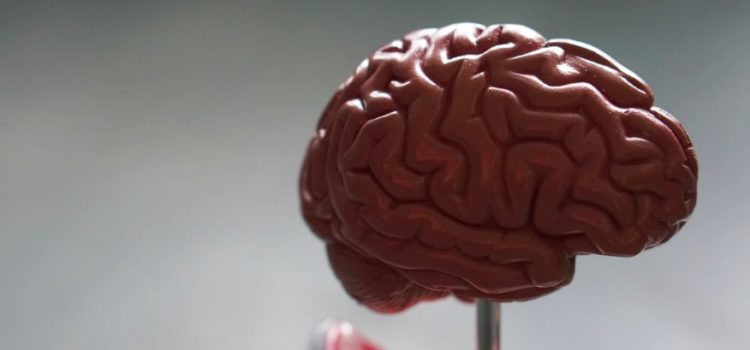Change is inevitable, but it can be addressed successfully. What are the best methods of coping with change? Dealing with change involves practicing a few key principles: anticipate and prepare for change, overcome fears, envision success, and enjoy change. Here’s a guide on what to do, and what not to do, when coping with change.
Coping with Change: 7 Steps + 4 Common Mistakes










